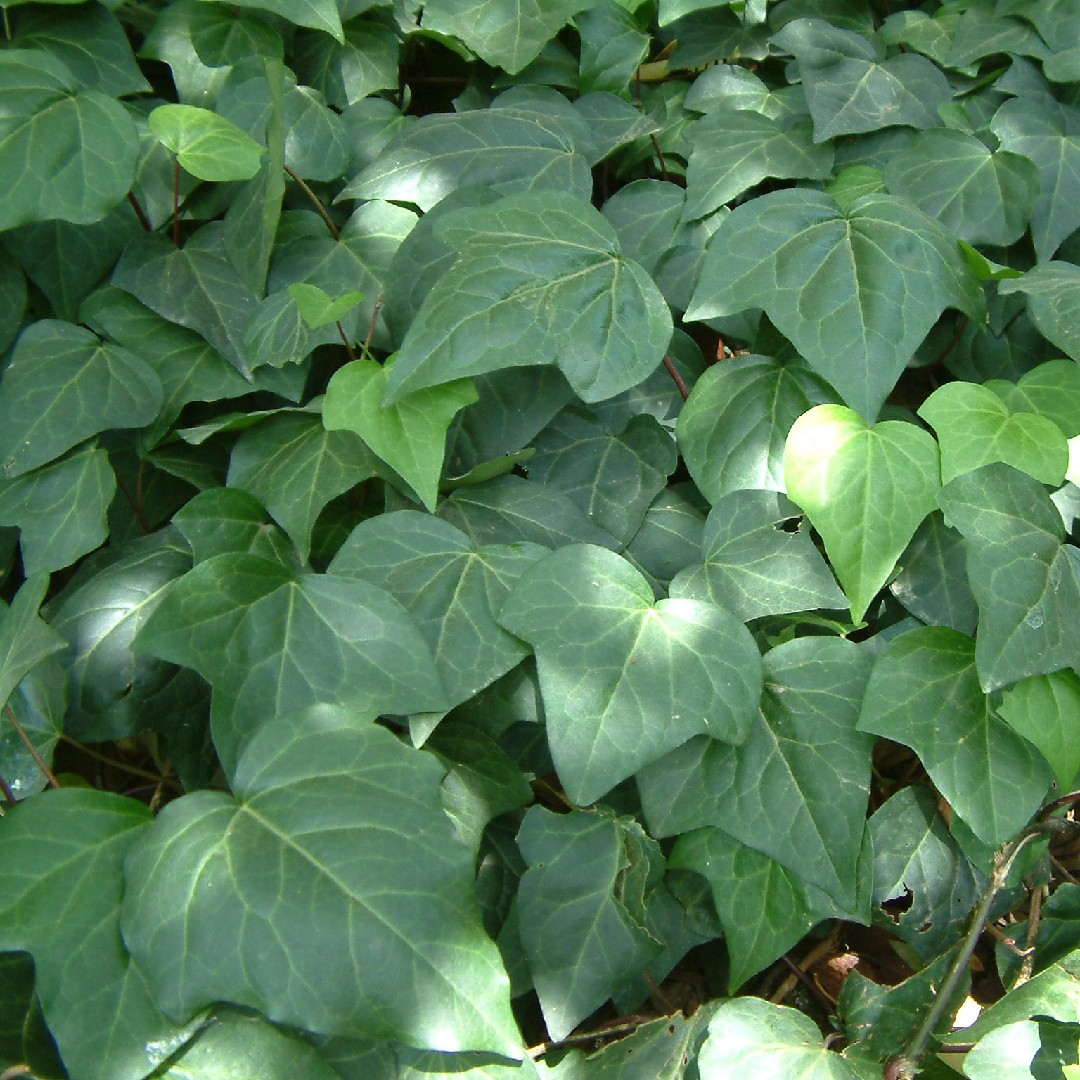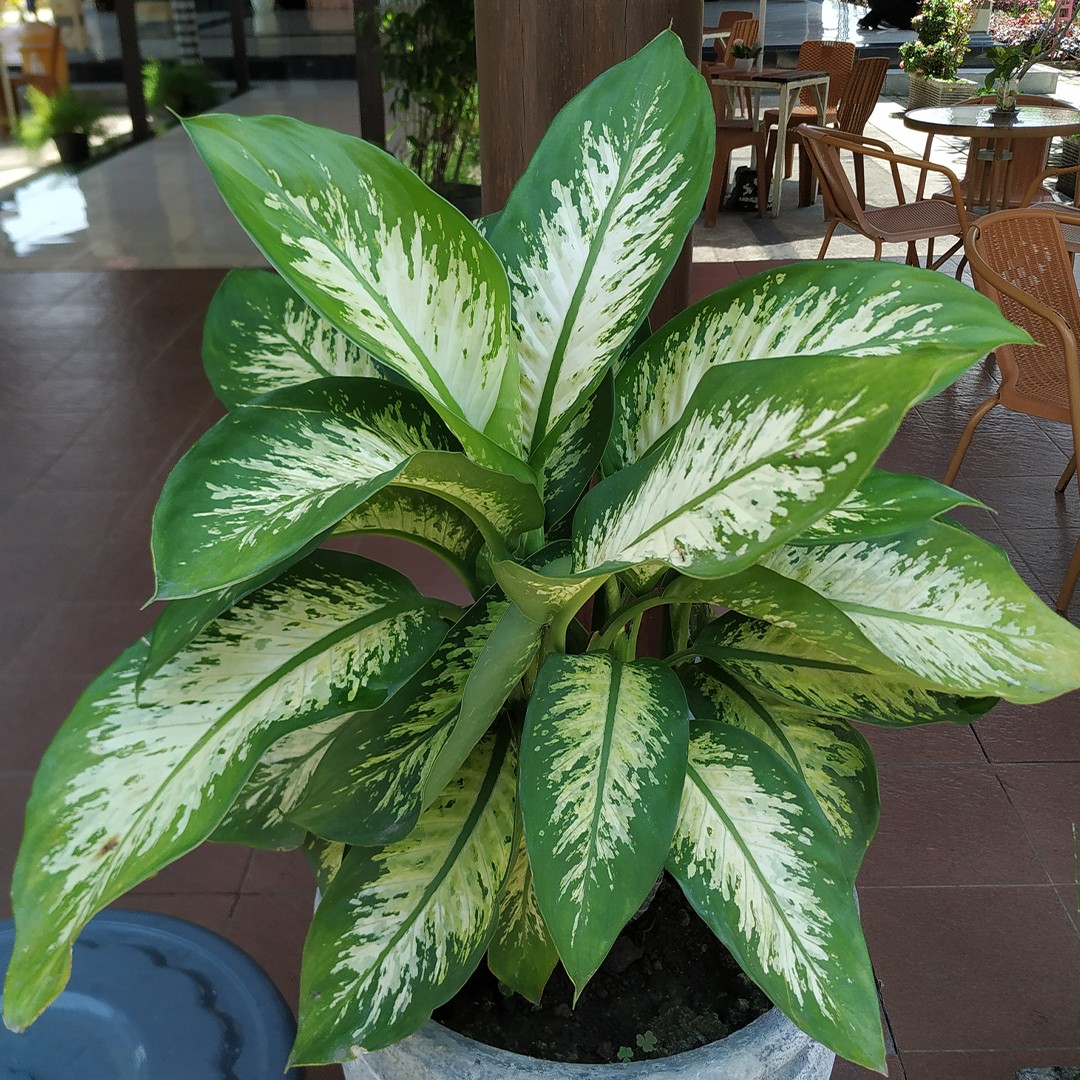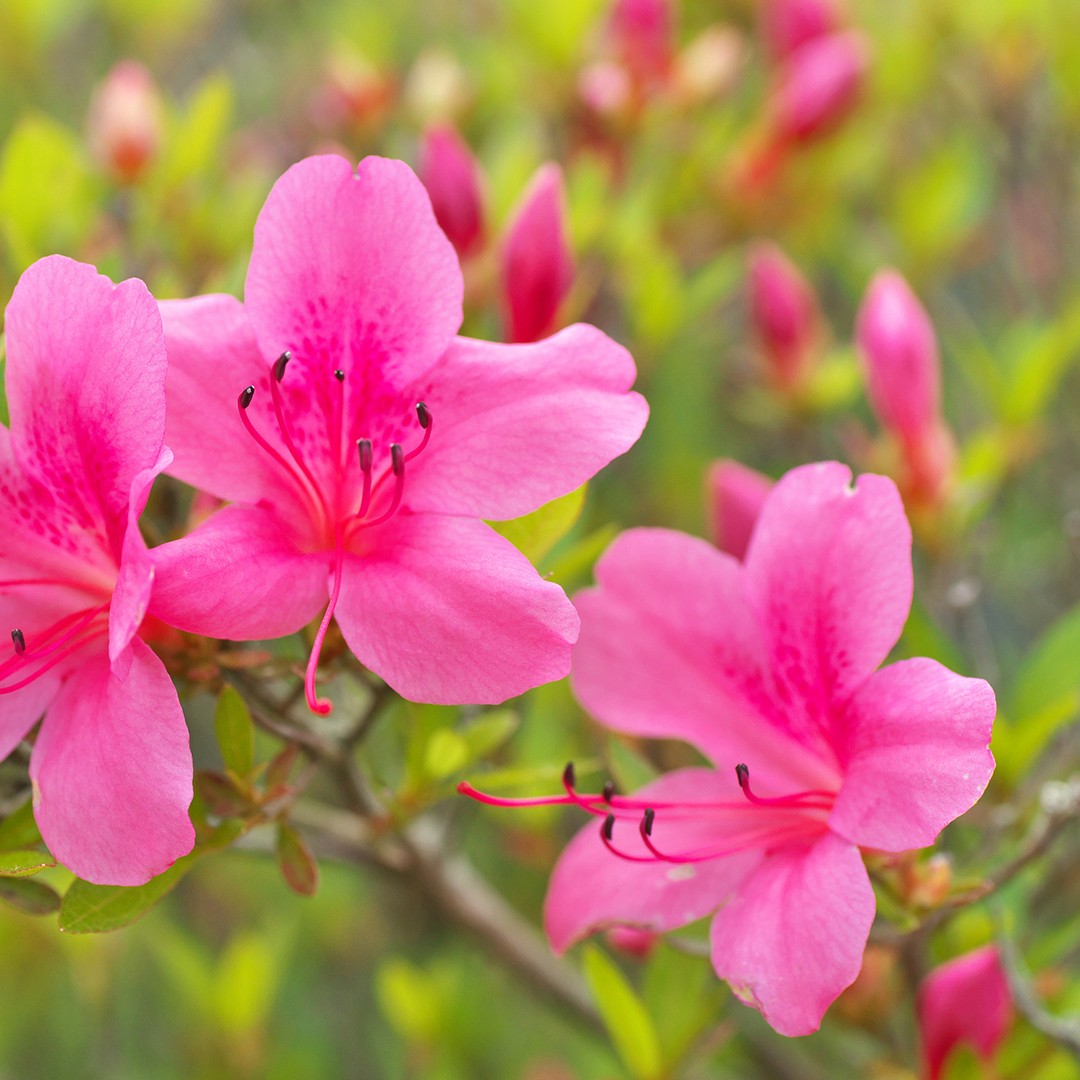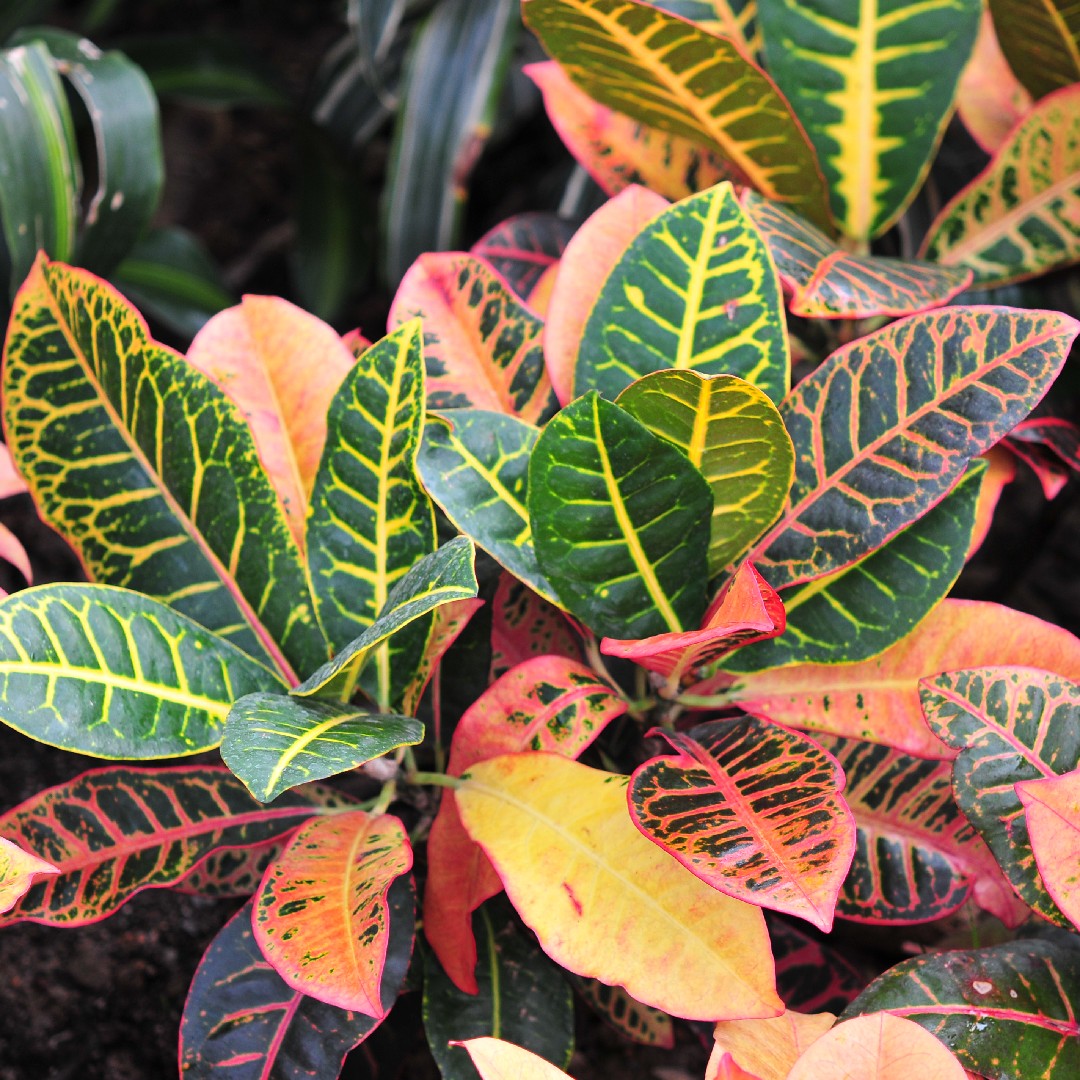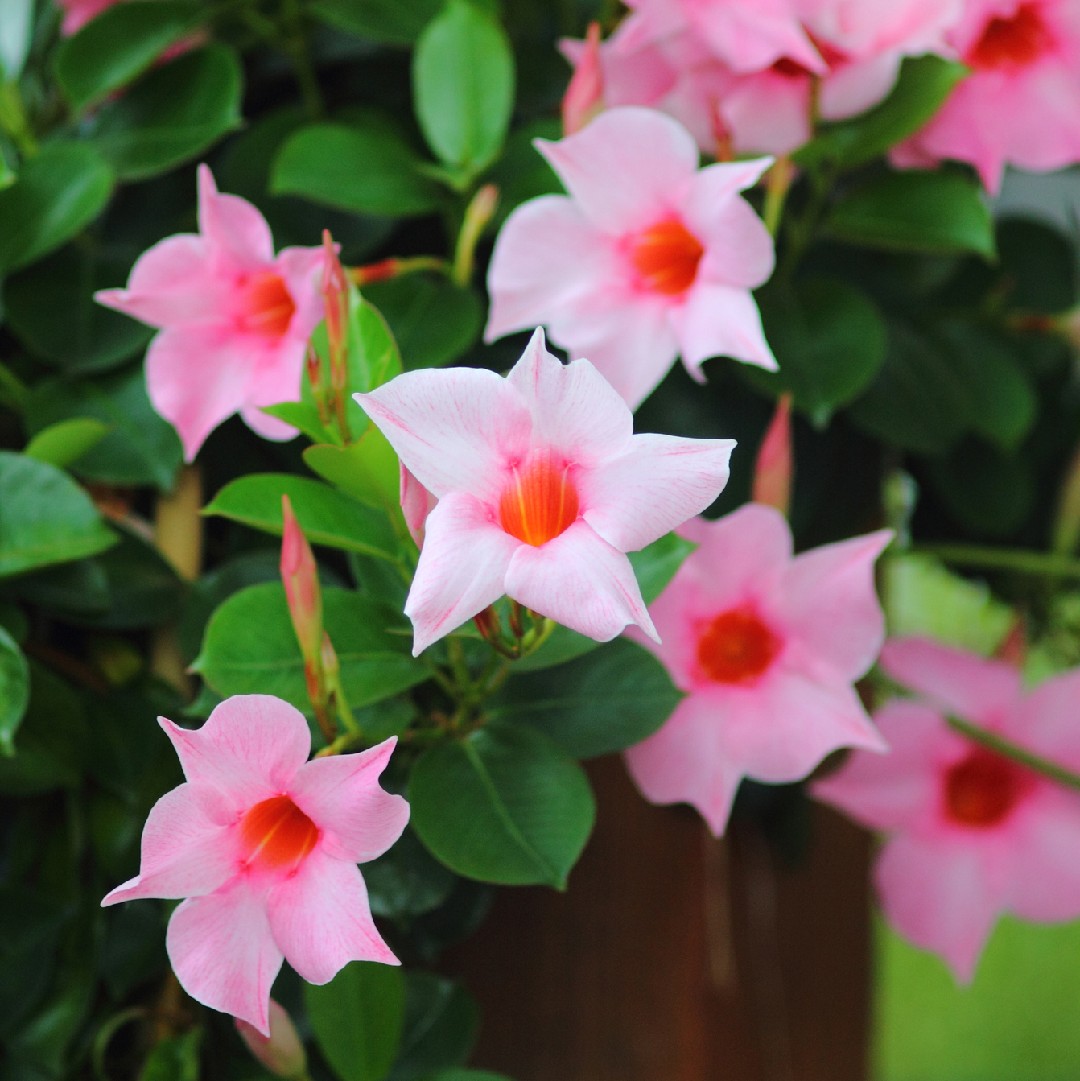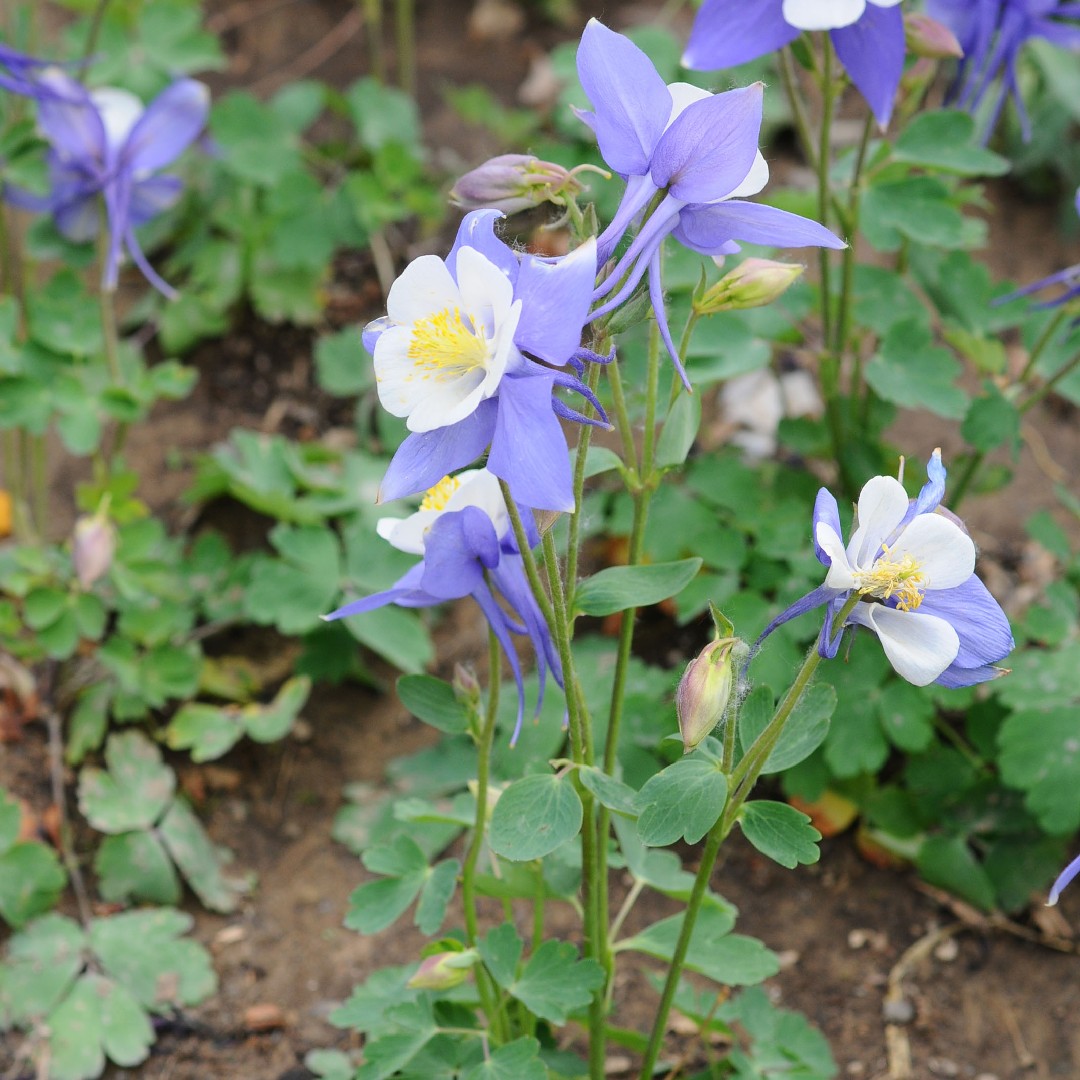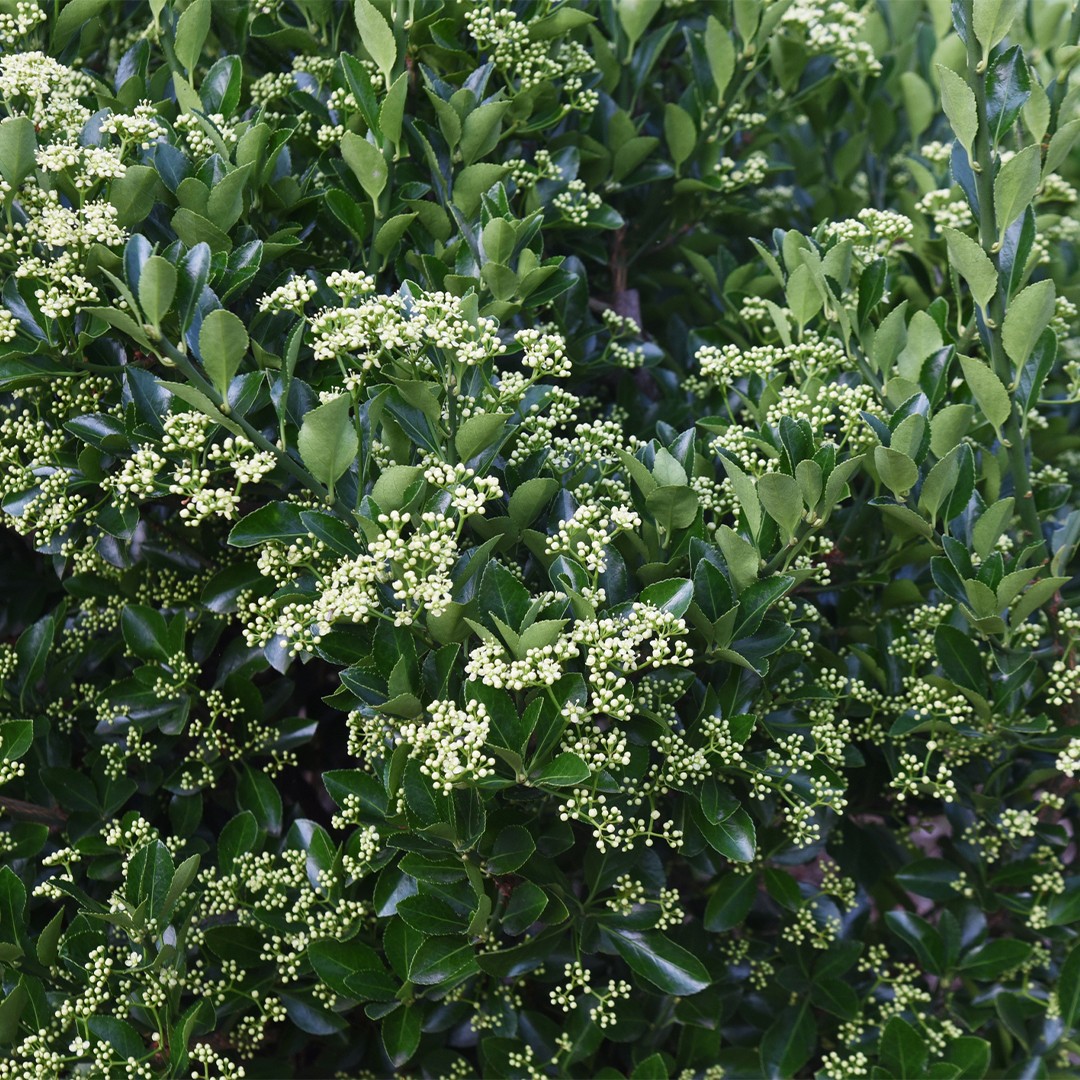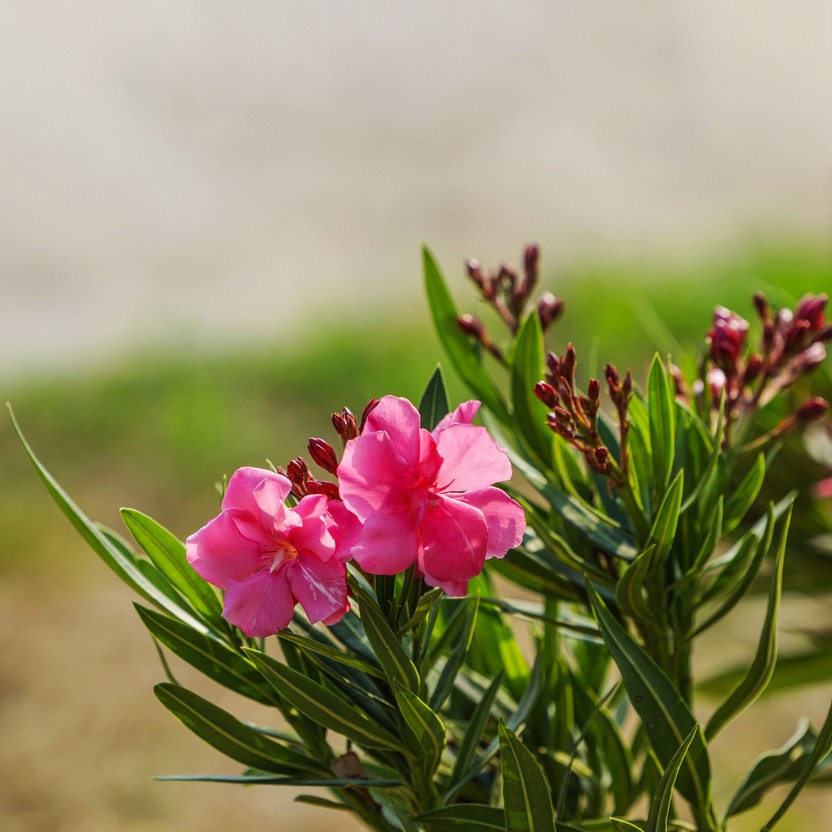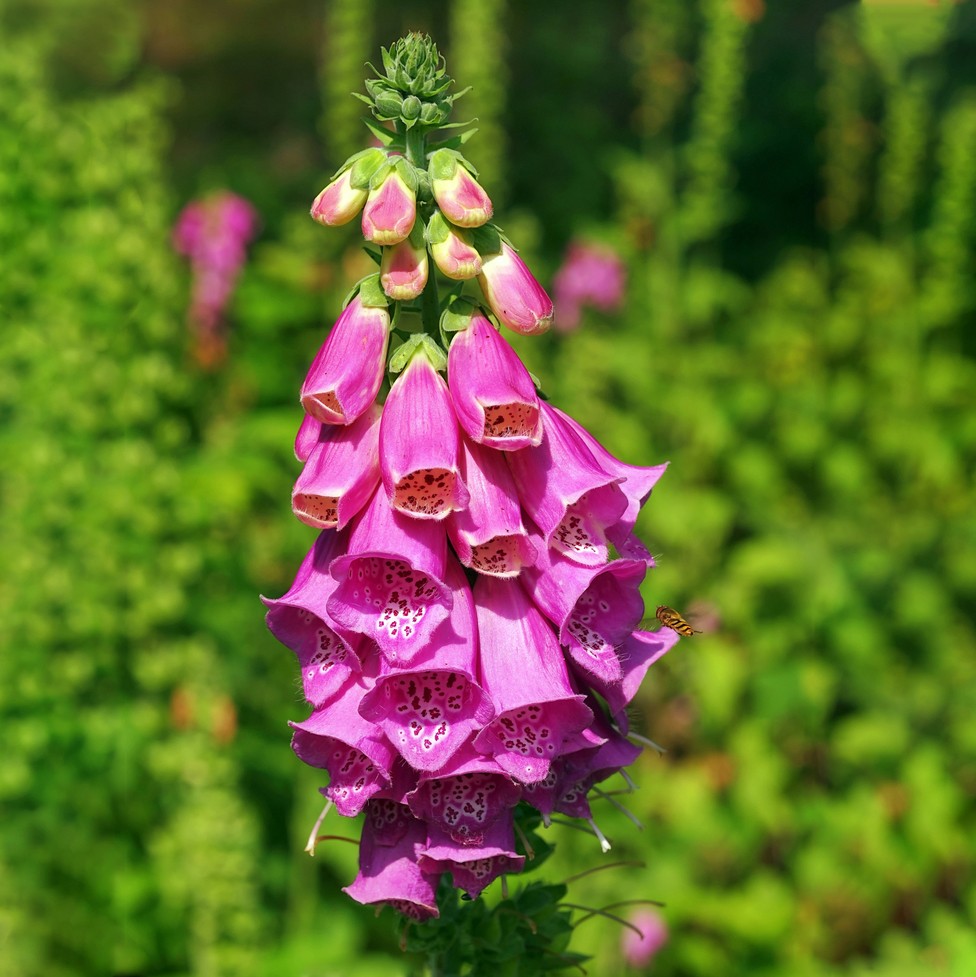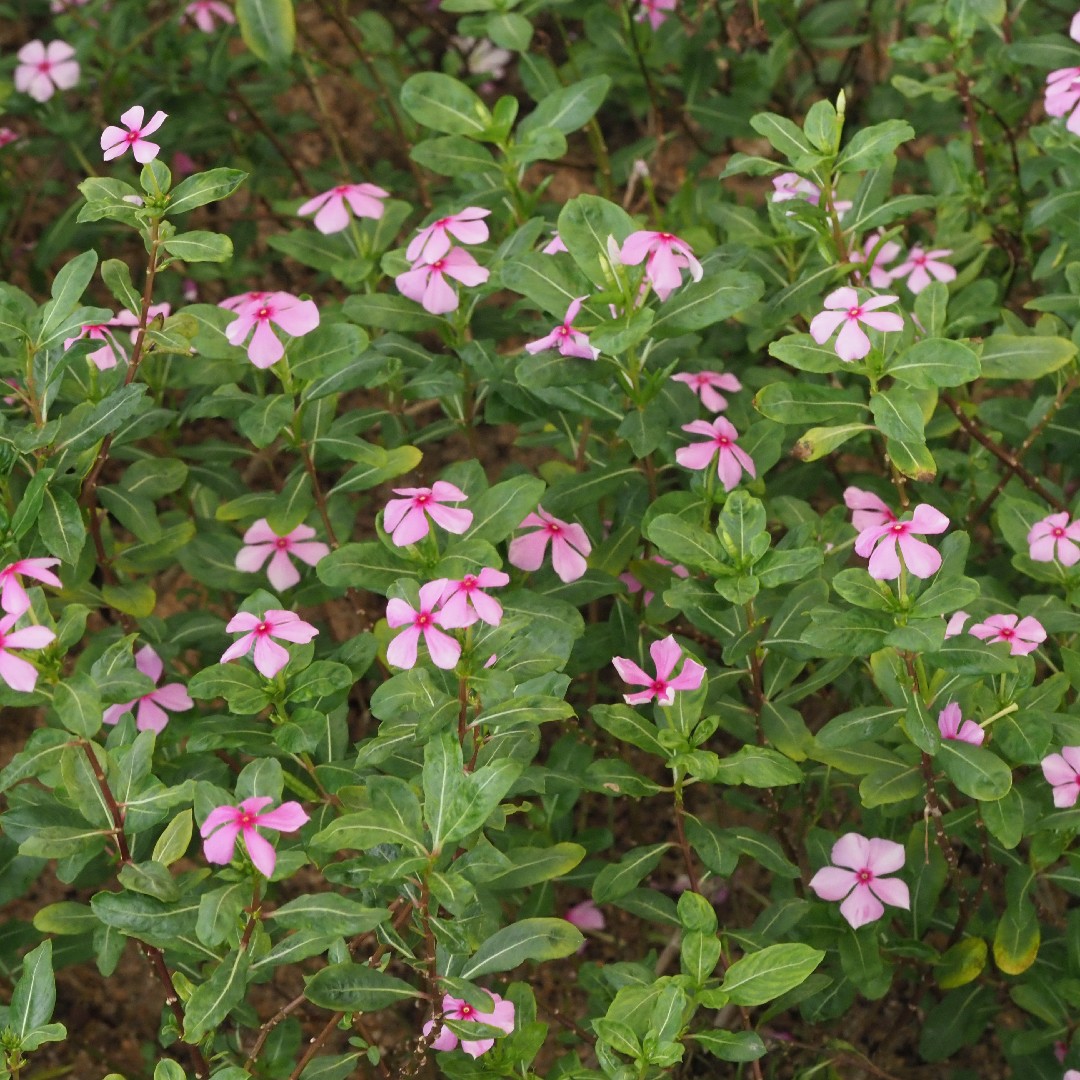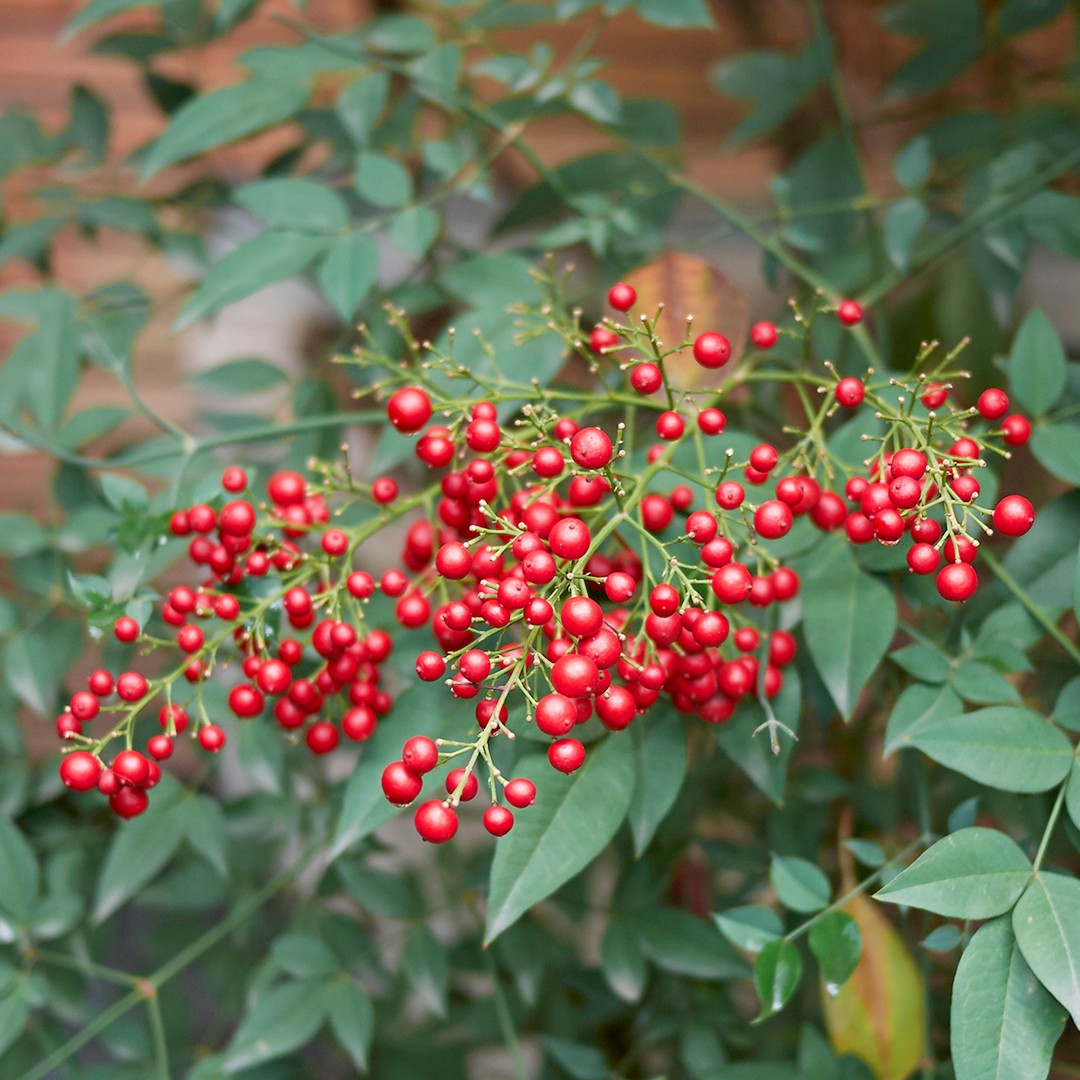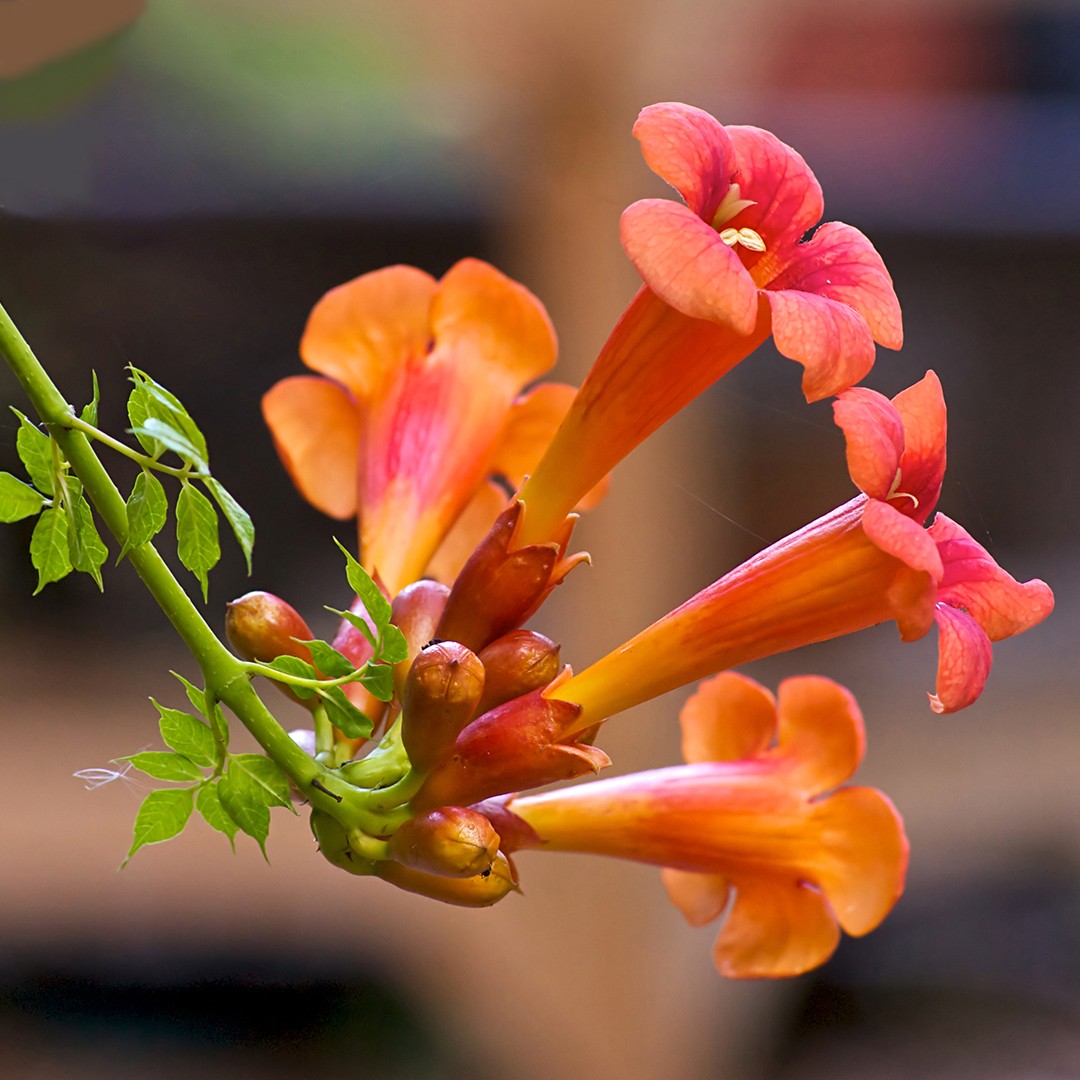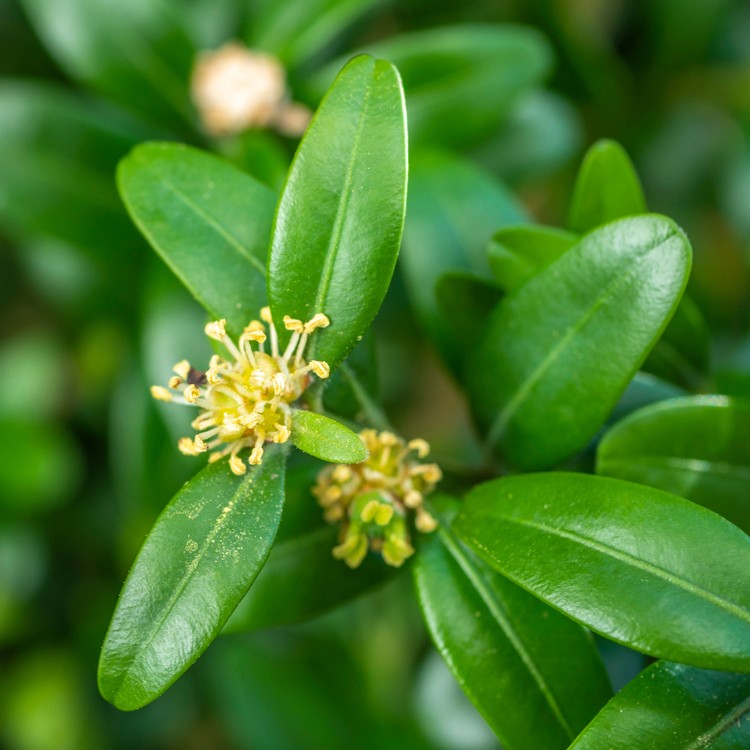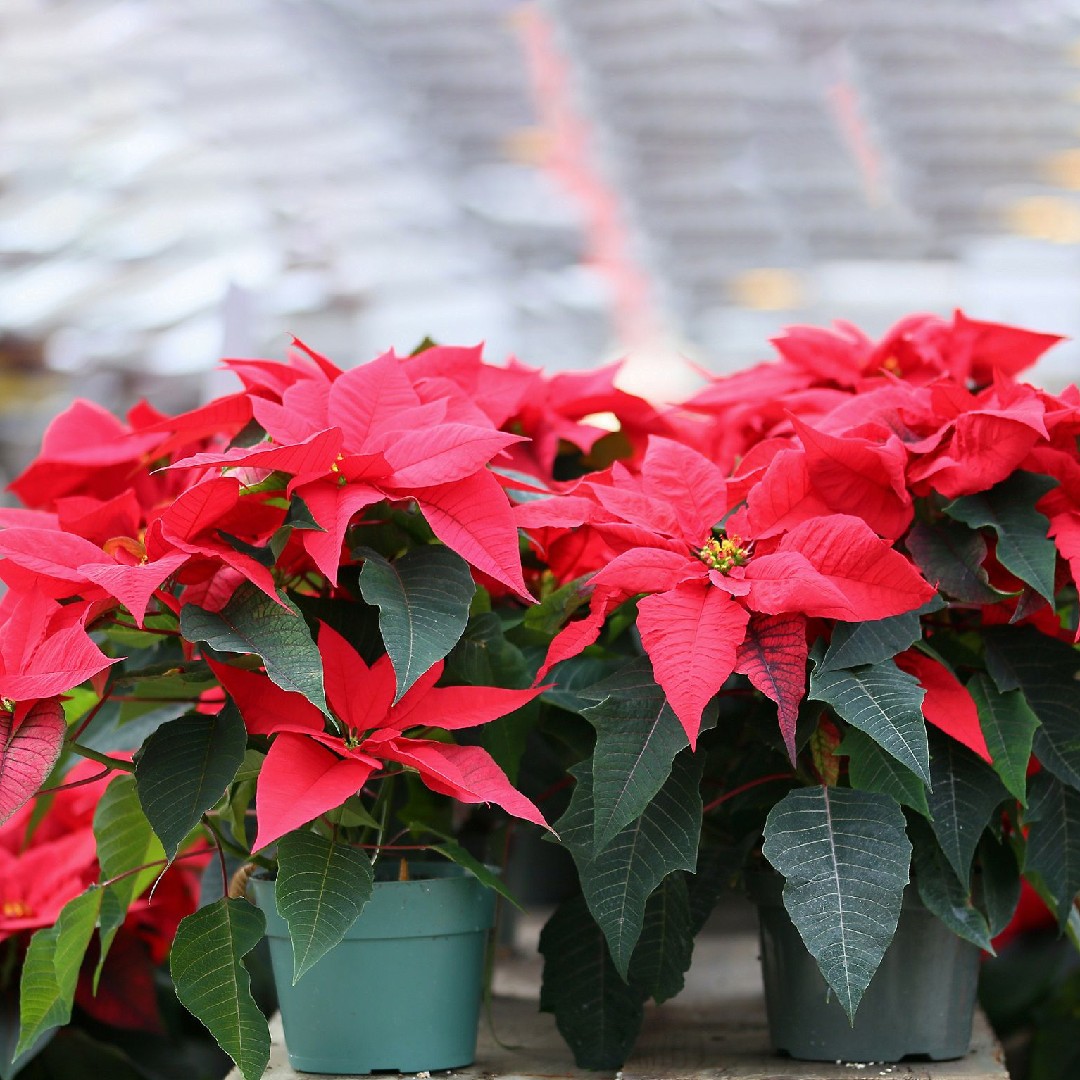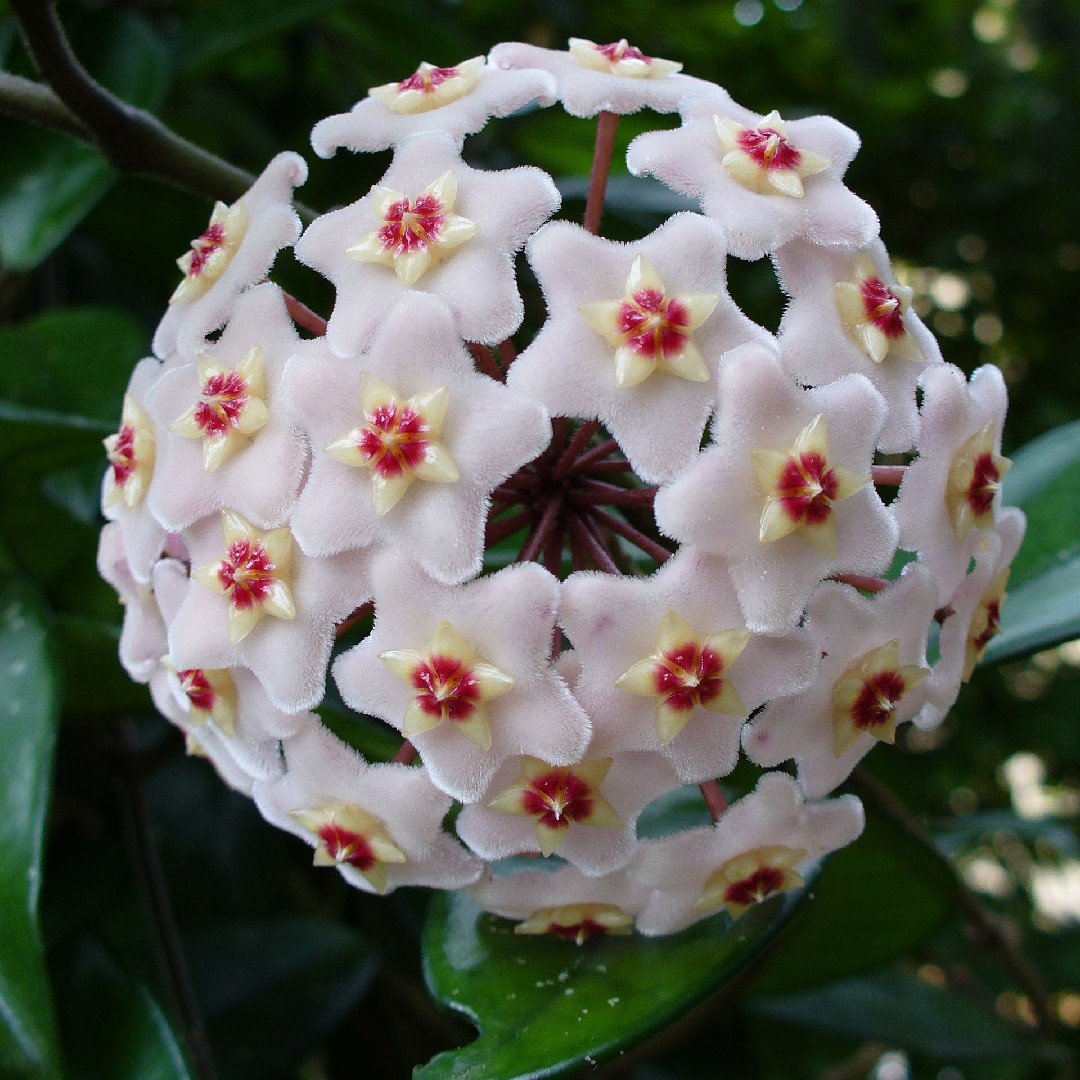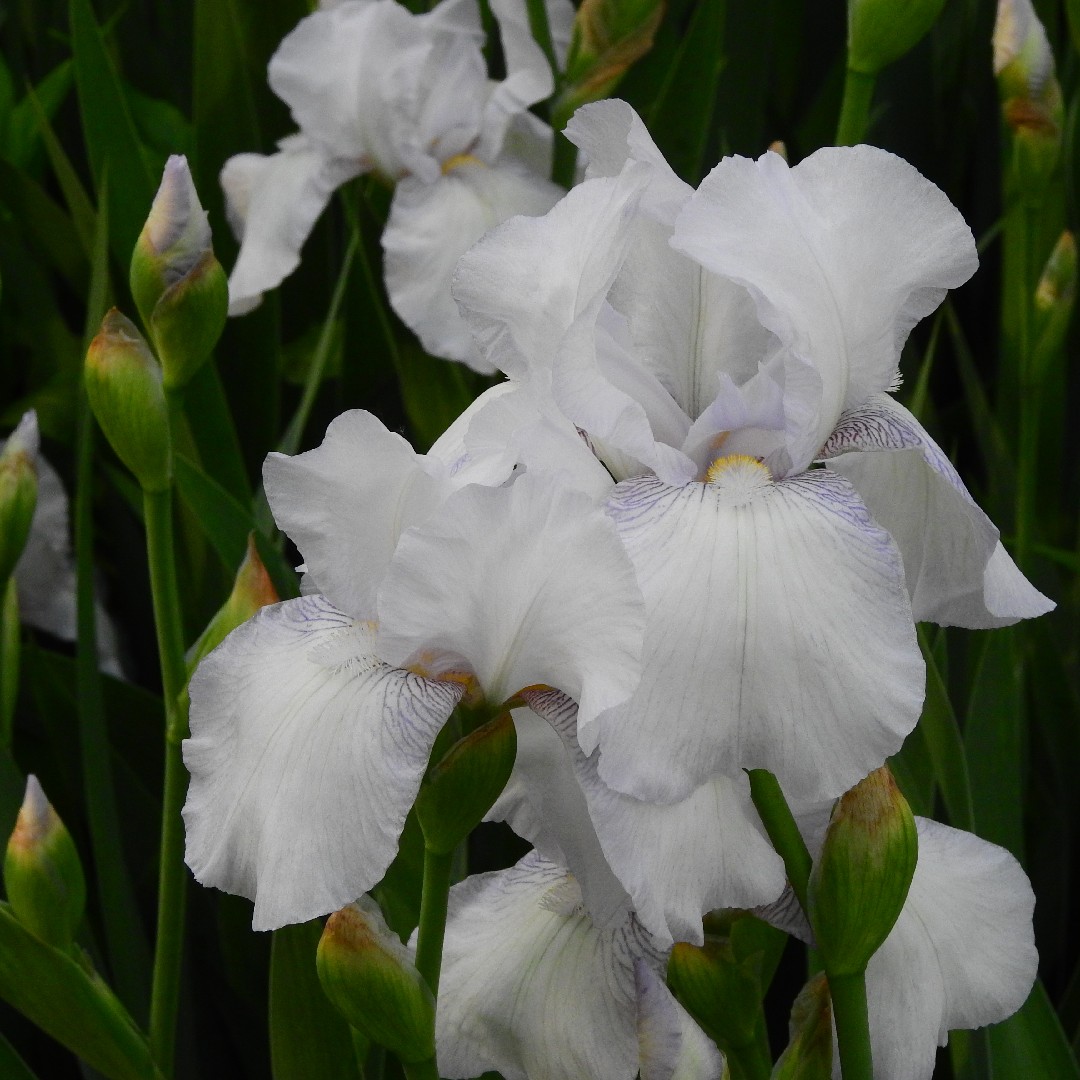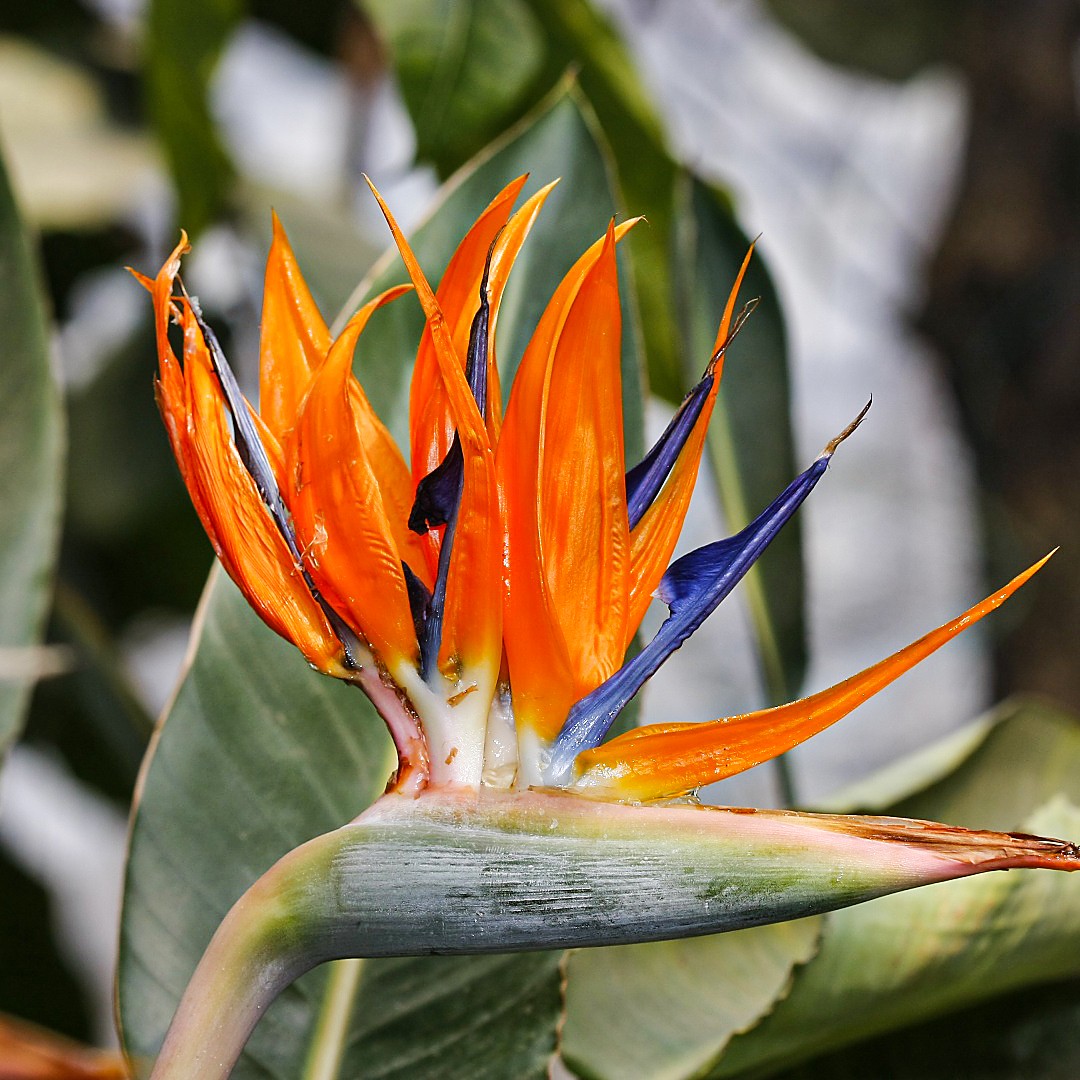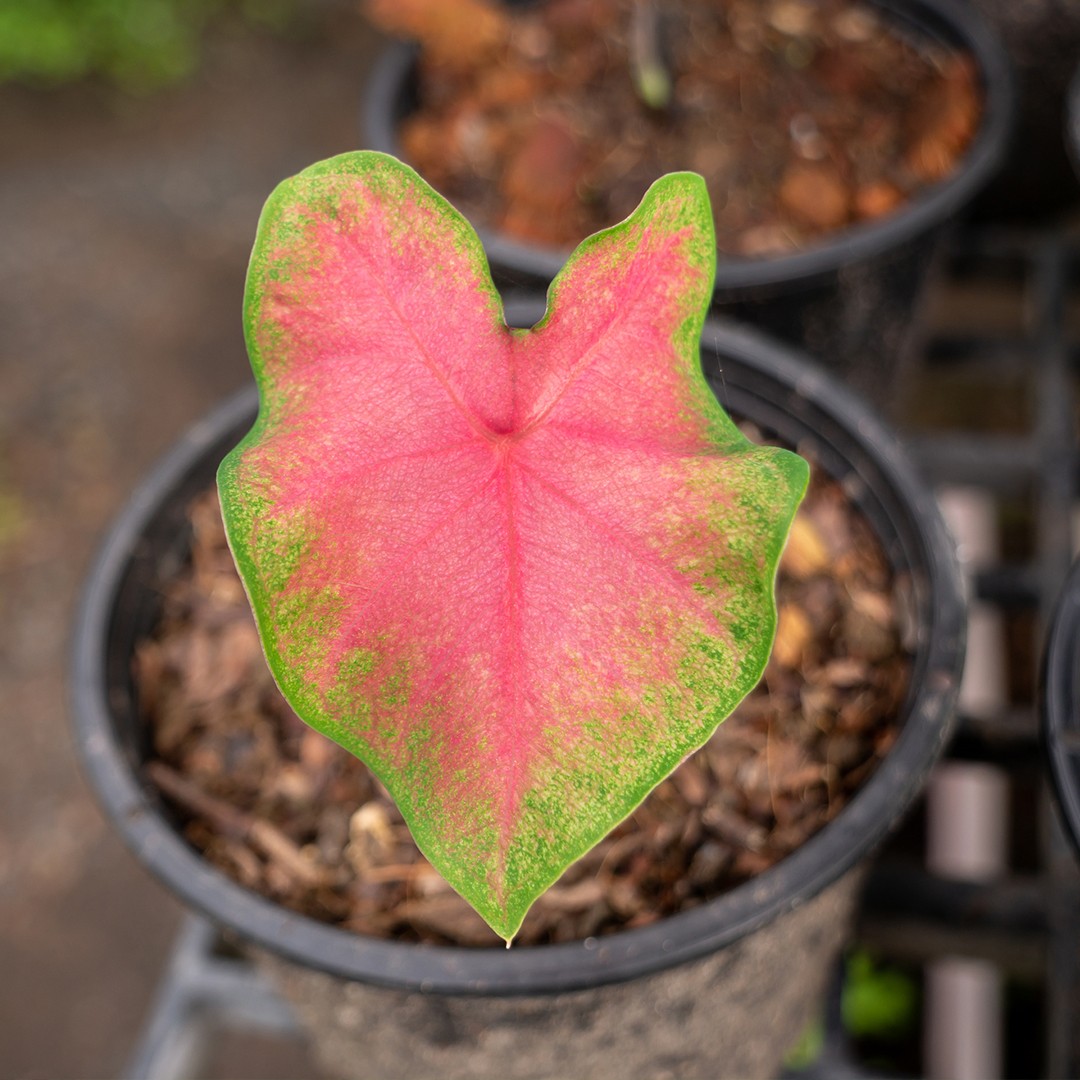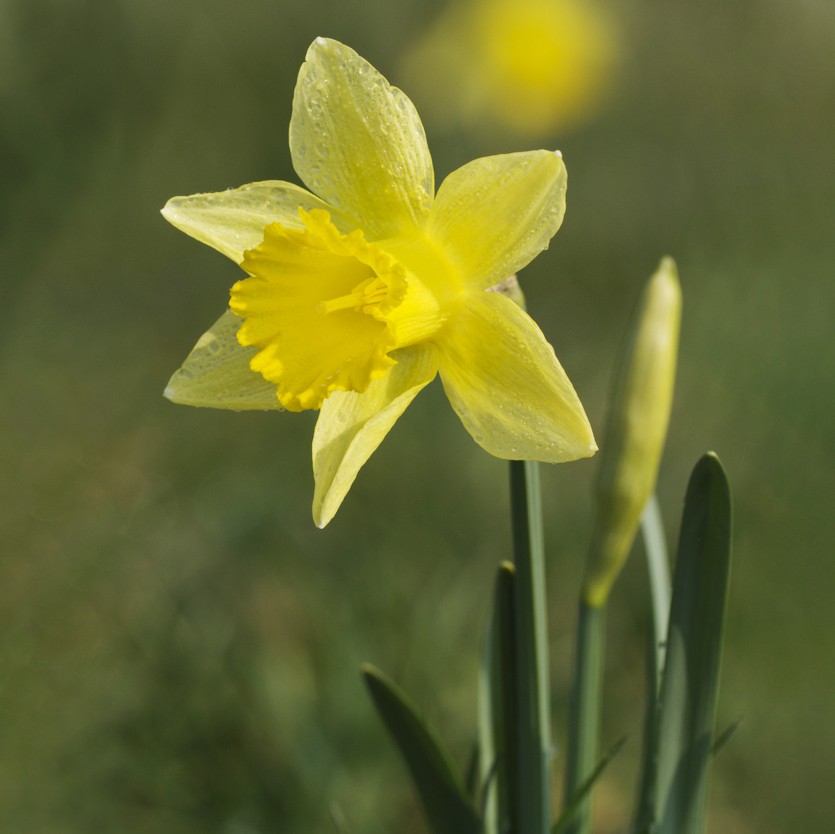What’s the best method to water Hobble-Bush?
Soaker hoses can be the best method to keep the moisture from the leaves and flowers. These methods are great when you want more efficient water delivery at the very base of the plant without needing to get the entire foliage wet. Lay the hose around the plant, leave it on for about 30 to 45 minutes and wait until the soil is moist but not too wet. Hook your regular hose to this, and cover with mulch. Others may use drip feeders to retain moisture throughout the day. When planted in pots, you need to water the Hobble-Bush using a watering can. Wait until you see that the water is dripping down the pots at the bottom part. The portable cans can help you reach the soil and let the water penetrate the roots deeply so they can grow better.
![more]()
What should I do if I water Hobble-Bush too much/too little?
If you overwatered Hobble-Bush, you might want to take a few steps back and prevent further damage. Hobble-Bush is hardy, so they have a higher chance of surviving. Give the plant a chance to dry everything out and stop watering it. The plants don’t tolerate their roots sitting in water for longer, so aerating can help. Some of the symptoms of an overwatered plant will be premature falling of yellow leaves. You might also see fewer flowers and misshapen buds. In more serious cases, this can result in wilted and brown leaves. Long-term overwatering can result in root rot. The symptoms of underwatering can be similar. Wilting Hobble-Bush can be a sign of underwatering. Feel the earth by sticking your finger into the soil, and if it’s too dry, then this is a sign of dehydration. Too little watering can also happen, so you might want to add some in the evening. Always check the soil for dryness and follow the regular schedule of watering in the morning.
![more]()
How often should I water Hobble-Bush?
It’s best to water the Hobble-Bush deeply two to three times a week. And you should water it more often if you live in a hot climate. Its water needs are average, and it needs moist but well-drained soil. A good rule of thumb is to get a feel of the soil. It might be the right time to water your plant if you notice that it’s about 2-4 inches dry. Water it 1-2x a week if it’s planted outdoors. Know that it’s getting more moisture outside, watering less with the help of rainwater is ideal.
![more]()
How much water does my Hobble-Bush need?
The amount of water needed can vary. There are a lot of factors to consider, such as the weather in the area, the amount of shade, and the species. The Hobble-Bush you’ve just recently planted will need more water than the established ones. A can of water each week can be ample for Hobble-Bush, especially if they are in the growing season and when they are grown in pots. When outdoors, you need to measure the amount of rain they are receiving with the help of moisture meters. When the soil is dry, water them thoroughly with a sprinkler. It’s best to water less often but thoroughly with the Hobble-Bush to ensure they are getting the adequate moisture they need.
![more]()
Why is watering my Hobble-Bush important?
Regardless of the types of the plant that you’re growing, it’s important to know its watering needs so that they will grow well. Hobble-Bush needs a lot of water and can quickly wilt without the right moisture. They require moist soil but make sure that the ground is well-drained. Hobble-Bush doesn’t want wet feet since they tend to get root rot. Overwatering can also lead to slow production of flowers and stunted growth, which can also be a problem seen with underwatering.
![more]()
How can I ensure that i'm watering my Hobble-Bush adequately?
It's best to water the Hobble-Bush in the early morning to prevent it from wilting. It may be unable to handle the heat and can show signs of wilting in the afternoon. Make sure to apply a thick layer of mulch to keep the soil cool and retain moisture. Once it feels the coolness of the evening, it will go back to its usual glow. Always water deeply and be consistent with the moisture. However, remember that it’s better to experience a slight wilting in the afternoon than to over-water them.
![more]()
Should I adjust the frequency of watering my Hobble-Bush according to different seasons or climate?
When watering during the summer, it’s important to take the environment into consideration. These plants enjoy the early morning sun but not much of the midday glare since they can dry out too quickly. It’s best to start planting these species in spring or autumn. Provide ample water, especially when you notice that the soil is dry during the summer. Don’t water the plants during the winter as they will enter a period of dormancy. Fill the pot up to the rim, let the water soak, and run out of the drainage hole. Always water when the soil feels dry and if you have windy and hot weather. The plant supports a lot of big blooms, and they need ample water to maintain them.
![more]()
Should I change the watering frequency during different growing stages of my Hobble-Bush?
During the growing season, it’s best to water this at a rate of 1 inch when it’s just growing. This should be done 3x per week. When growing in pots, you need to have one with a diameter of at least 18 inches. A non-porous one can help hold consistent levels of moisture. An established plant does not need watering as much as one in the early phase of growth. They can be watered twice a week but always check the soil to be sure. Just make sure that there will be no waterlogging that occurs. The plants might experience transplant shock when they are just newly planted. Just water until the depth of the moisture reaches out to 10 inches beneath the surface. Help the roots become more established during the dry, hot weather by checking the soil frequently.
![more]()
What should I be careful with when I water my Hobble-Bush in different seasons, climates, or during different growing periods?
Overall, the Hobble-Bush loves water and should be provided with enough to keep it hydrated. Be careful not to overwater and never use cold water with them during the winter. They enter a dormancy period and they barely need water to survive. In the spring, planting should be done where they will be given enough time to grow. Water more when they are young and make sure to give them enough mulch to keep the soil moist. During the summer, just make sure that the soil is moist. Overwatering can result in a lack of blooms, but a heavy soaking can be done once a day whenever the soil needs this. For 3x a week, ensure water in the early mornings or afternoons. The ones on the balcony or gardens should be watered generously during the summer months. This is because the water can evaporate quickly.
![more]()
Should I water Hobble-Bush differently when I plant it indoors but not outdoors?
The Hobble-Bush that is grown outdoors doesn’t generally need a lot of water compared to the one grown indoors. This species absorbs the water quickly, so watering can be done twice a week. When you grow Hobble-Bush in partial shades, you generally encourage moisture retention and prevent the drying winds from wilting them. It’s best to keep the water away from the flowers as this can lead to gray mold. The Hobble-Bushed indoors can be watered at least 2x a week or more when they are just in the growing phase to help the roots become more established.
![more]()
Is pruning necessary for my Hobble-Bush?
It is not always necessary to prune Hobble-Bush, but there are several reasons people may choose to do so depending on their individual preferences. The most common reason is to encourage healthy growth and remove diseased or dying portions of the plant. But there are also aesthetic reasons, such as to make the Hobble-Bush look more symmetrical and tidy. Pinching the stem tips promotes branching, which can make the plant bushier and prevent you having to prune off longer stems in the future. Pruning dense parts of the plant allows for better air circulation, which helps prevent disease and also creates a more pleasing appearance. A mature Hobble-Bush will produce suckers that allow the plant to spread. If you prefer to confine it to one area, you will need to prune these off before they become established. On the other hand, if you are happy to let it spread, these can be left on the plant.
![more]()
When is the best time to prune my Hobble-Bush?
Pruning any unhealthy growth is best performed in the early spring, allowing the plant to devote its energy to putting out the most new growth over the summer months. You can also remove branches that are growing diagonally or rubbing against other branches at this time to improve the plant’s appearance and keep it from getting damaged. Tips For Pruning Unless the plant is severely diseased or damaged, it’s recommended that you not remove more than one third of a plant at a time. While Hobble-Bush is resilient, over-pruning causes unnecessary stress. That said, Hobble-Bush sometimes may die back after being eaten or due to other damage such as that caused by severe winter weather. In this case, the deep root system can save the day and Hobble-Bush will often be able to regrow the following spring. In this case, you are unlikely to need to prune this year except to remove dead leaves or branches. Remember to remove branches from different portions of the plant equally, including those toward the center of the plant that may be more difficult to reach. This helps keep its leaves to be equally distributed, and improves the overall appearance of your Hobble-Bush
![more]()
How can I prune my Hobble-Bush?
Hobble-Bush has a more pleasing and well-maintained appearance when it is pruned occasionally. Removing dead leaves and branches keeps it looking healthy and vibrant. Pruning off crooked or slanted branches provides a symmetrical shape and makes Hobble-Bush look neat and tidy. Hand pruners are generally sufficient for pruning Hobble-Bush if you are pruning it annually, since branches won’t get thick enough to require heavy-duty cutting tools. However, if you are pruning more mature branches, you may want to use loppers or a saw. Start by removing any dead or damaged branches. You can either prune these back to the point where the branch is still healthy, or you can cut it all the way at the base of the plant. After removing these, decide if there are other branches that should be removed to promote new growth. Generally these should be the oldest and thickest branches, and you should aim to cut about one-fourth to one-third of the branches from a mature and healthy Hobble-Bush. Sterilize your cutting tool before pruning to avoid introducing disease, and ensure your own safety with the appropriate gloves and eye protection. Then prune each of the branches you’ve chosen to remove, making a clean cut at a 45-degree angle without crushing or twisting the branch.
![more]()
What should I do after pruning my Hobble-Bush?
Avoid getting the newly-cut branches wet after pruning, since that can make it more likely for your Hobble-Bush to get an infection. Once the wound has dried and callused, it is much less vulnerable. Remove any leaves and branches from the area after pruning. It is also a good idea to water, mulch, and fertilize your Hobble-Bush at this time to support its quick recovery.
![more]()
How many hours of sunlight does Hobble-Bush need to grow?
Hobble-Bush requires about 3-6 hours of direct sunlight each day to thrive. However, it also needs some shade during the hottest parts of the day to prevent sun damage. Morning sunlight is ideal for Hobble-Bush, but it can also tolerate some afternoon sun if the temperature is not too hot. To provide the perfect balance of sunlight, try planting Hobble-Bush in an area that gets partial sun, such as under a tree or on the east side of a building.
![more]()
What will happen if Hobble-Bush doesn’t get enough sunlight?
If Hobble-Bush is exposed to too much direct sunlight, its leaves may turn yellow, dry out, or even burn. You may also notice that the plant wilts or becomes stunted. To prevent sun damage, make sure to give Hobble-Bush some shade during the hottest parts of the day. You can use a shade cloth or plant Hobble-Bush near taller plants that can provide some natural shade.
![more]()
What will happen if Hobble-Bush gets too much sunlight?
If Hobble-Bush doesn't get enough sunlight, it may grow tall and lanky, with sparse foliage. The leaves may also turn yellow or pale green, indicating that the plant is not producing enough chlorophyll due to lack of sunlight. To remedy this, try moving Hobble-Bush to a sunnier spot, or prune nearby foliage to allow more light to reach the plant.
![more]()
What is the optimal temperature for Hobble-Bush?
The best temperature for Hobble-Bush to thrive is 65~80℉(18~27℃). During the primary growing phase, the highest temperature tolerable would be 95℉(35℃), while the lowest tolerable temperature would be 15℉(-10℃). This species is tolerant of low temperatures and will survive freezing winters. The perfect, highest, and lowest temperature range: Perfect:65~80℉(18~27℃) Highest:85~95℉(30~35℃) Lowest:-5~15℉(-20~-10℃) or below
![more]()
Should I adjust the temperature for Hobble-Bush during different growing phases?
Research shows that Hobble-Bush will begin to exhibit signs of stunted growth during prolonged periods of higher temperatures, especially during the development of axillary buds and the growth of main shoots. Keeping the temperatures consistent and cooler, around 65℉(18℃), will encourage vigorous growth after germination or transplanting.
![more]()
How can I keep Hobble-Bush warm in cold seasons?
Hobble-Bush can withstand freezing temperatures when planted in the ground in areas that don’t get below of 15℉(-10℃) as an extreme temperature during the winter months. But if planted in pots or containers, then their roots must be protected from the winter cold. Do this by wrapping the container in a blanket or bringing it inside where it will be fully protected from the elements.
![more]()
What damage will Hobble-Bush suffer if the temperature is too high/low?
Greater harm will come to Hobble-Bush if the temperature is consistently too high versus too low. If Hobble-Bush gets too hot, seed germination and photosynthesis efficiency is lessened due to hormone triggers caused by heat stress. The plant will show signs through wilting, leaf browning, and potentially death. If Hobble-Bush gets too cold, plant functions such as nutrient uptake and photosynthesis will cease, resulting in the possible death of the plant. If a single freezing event occurs during the growing season, then a membrane phase transition might occur, which can cause a cease in plant functions and death of the plant.
![more]()
What tips and cautions should I keep in mind when it comes to temperature for Hobble-Bush?
Keeping the soil temperature consistent is one of the most important strategies to keeping Hobble-Bush healthy, which leads to successful budding, flowering, and new growth. Do this by consistently watering, adding mulch to bare soil, and planting in the shade.
![more]()
How can I keep Hobble-Bush warm without a heat pad?
Due to the cold tolerance of Hobble-Bush, heating pads will not be necessary if planted outside in the ground. If the plant is in an outdoor pot, then bring it inside a heated house and place it in a sunny window during the winter months.
![more]()
How can I provide Hobble-Bush with an adequate temperature condition?
To ensure adequate temperature conditions are present, plant Hobble-Bush in an area with partial shade. If possible, use afternoon shade to provide the best protection during the hottest part of the day. This will also result in lower temperatures in the soil due to increased moisture retention. If Hobble-Bush is planted indoors, then keep the container away from windows and out of direct sunlight during the summer months to prevent the soil temperature from spiking daily.
![more]()
How can I save Hobble-Bush from temperature damage?
During the summer or times of high heat, give Hobble-Bush extra shade and water to help cool its leaves, roots, and soil. During cold snaps or growing season freezes, cover sensitive budding vegetation with frost cloth or water using sprinkler systems. If it’s only nearing freezing temperatures for a short period, then water during the day several hours before the freeze. If the temperature is predicted to remain below freezing for an extended period, then keep the sprinkler running until the temperature rises above freezing the following day.
![more]()
Should I adjust the temperature for Hobble-Bush in different seasons?
Hobble-Bush is a mid-temperature plant that can easily tolerate the typical fluctuations of the seasons and remain a hardy species when planted in maintained landscapes areas, containers, or indoors. Therefore, adjusting the temperature during the different seasons is unnecessary for primary growth. If flowering is stunted or impeded, then allowing the plant to experience a season of winter freeze could help to revive flowering.
![more]()
Under what conditions should I stop adjusting the temperature for Hobble-Bush?
If it becomes too difficult to lower the temperature for an indoor plant during the summer, then plant it outside in the ground or in a container. Make sure to plant Hobble-Bush in a shaded location and water often to keep the soil moist.
![more]()
Why do I need to fertilize my Hobble-Bush?
Regardless of which kind of Hobble-Bush you own, regular fertilization will help you grow a plant that has great overall health. The proper supply of nutrients leads to more vigorous growth and can help your Hobble-Bush be more resilient to tough growing conditions while also gaining a better ability to fight off diseases and pests. The foliage of your Hobble-Bush is one of its most attractive features, which is why you should do all you can to keep it intact. Again, this means creating and adhering to a regular fertilization schedule that is specific to your Hobble-Bush. Doing so will prompt your Hobble-Bush to develop leaves with a deep color and a lush overall look.
![more]()
When is the best time to fertilize my Hobble-Bush?
The first time that you should fertilize your Hobble-Bush is during the late winter or early spring. This type of fertilization gives your Hobble-Bush all the nutrients it needs to resume healthy growth once the weather gets warm enough. It is also beneficial to many Hobble-Bush to provide an additional fertilizer feeding during early fall if you in a warm climate region. Fertilizing in early fall not only adds additional nutrients to the soil, which your Hobble-Bush will use in the following growing season, but it also helps your Hobble-Bush be a bit more hardy and capable of surviving the winter cold without experiencing foliage damage. Earlier fertilisation will ensure that the new branches have enough time to grow to withstand the cold winter.
![more]()
When should I avoid fertilizing my Hobble-Bush?
There are a few times during the year when you should not fertilize your Hobble-Bush. The first time occurs during the early and mid-winter months, during which time your Hobble-Bush will be dormant and in no need of feeding. It is also unwise to fertilize this plant during the late spring and all of the summer. During that time of year, the weather will likely be hotter and can be much dryer as well. Both conditions make it more likely that your Hobble-Bush will have a very negative response to fertilization. To avoid such issues, stick to a fertilization schedule that involves feeding exclusively during early spring and early fall.
![more]()
What type of fertilizer does my Hobble-Bush need?
In most cases, the most important nutrient for a Hobble-Bush is nitrogen, but that does not mean that phosphorus and potassium are unimportant. On the contrary, your Hobble-Bush likely needs a decent amount of all three main nutrients, which is why a balanced fertilizer, such as a 10-10-10, can work well. However, a more nuanced ratio of nutrients often leads to optimal growth for a Hobble-Bush. Often, fertilizers that are a bit higher in nitrogen work a bit better. For example, a ratio of 10-6-4 can often work well. When fertilizing, you can use a granular fertilizer or a liquid-based one.
![more]()
How do I fertilize my Hobble-Bush?
To fertilize your Hobble-Bush using a granular fertilizer, all you need to do is sprinkle the fertilizer on the soil at the correct time. The slow-release nature of granular fertilizer will release nutrients into the soil slowly over time. As is usually the case, it's best to water your Hobble-Bush, at least lightly, before applying fertilizer. As an alternative, you can use a liquid fertilizer, but this is less common. To use this approach, mix your fertilizer with water, then pour the water onto the soil around the base of your Hobble-Bush. At times, it is beneficial to perform a soil test before fertilizing to see if you will need to alter the pH at all.
![more]()
What happens if I fertilize my Hobble-Bush too much?
Overfertilization is always a risk when you are feeding a Hobble-Bush. Overfertilization is especially likely if you feed this plant at the wrong time of year, feed it too often, or feed it without watering the soil first. When overfertilization takes place, your Hobble-Bush may begin to develop brown leaves. Your Hobble-Bush can also show stunted growth in some cases. On the other hand, it is also possible that too much fertilizer can prompt your Hobble-Bush to rapidly produce too much new growth, much of which will be weak and prone to breaking. Weak new wood can also detract from the overall form and structure of your Hobble-Bush.
![more]()













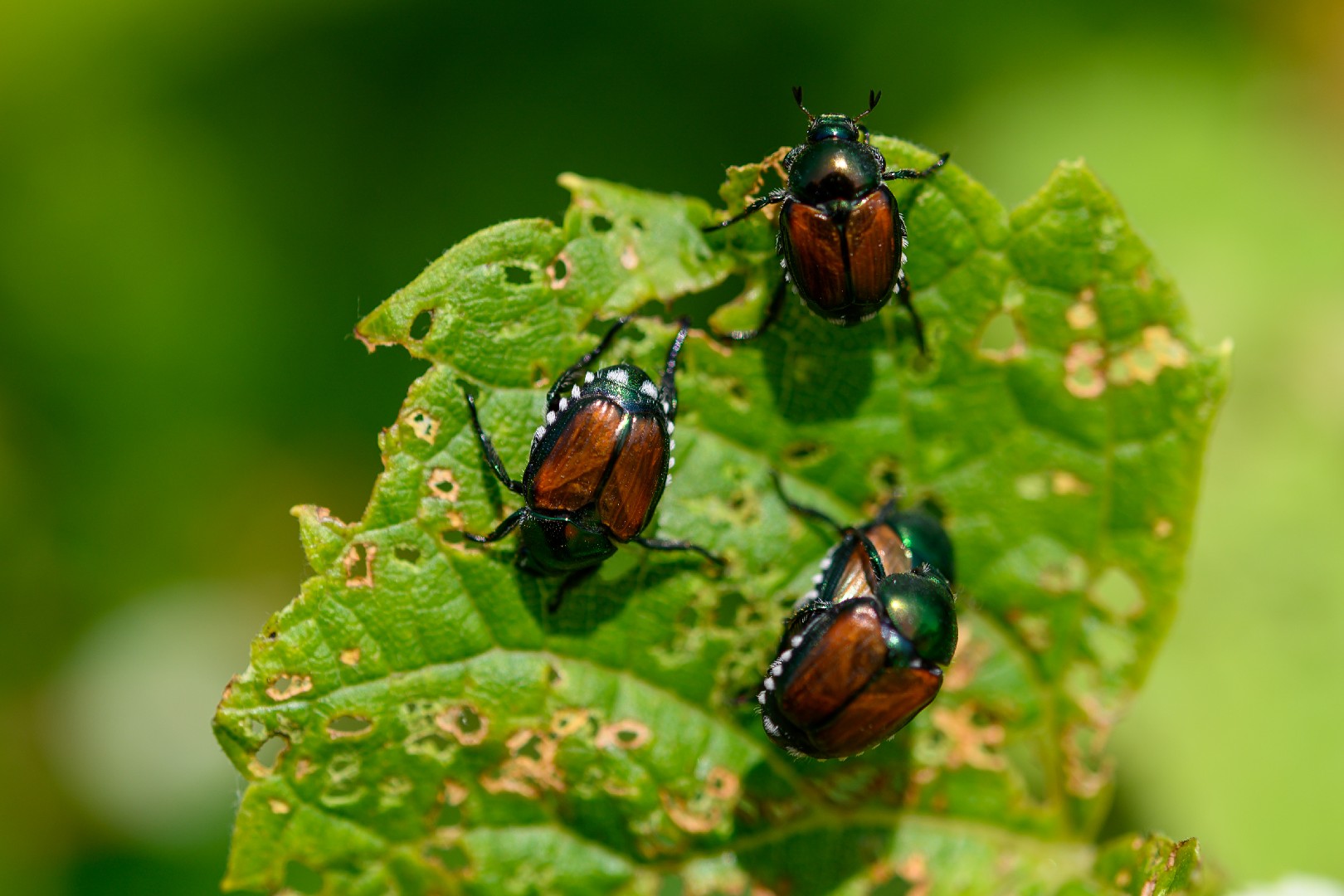

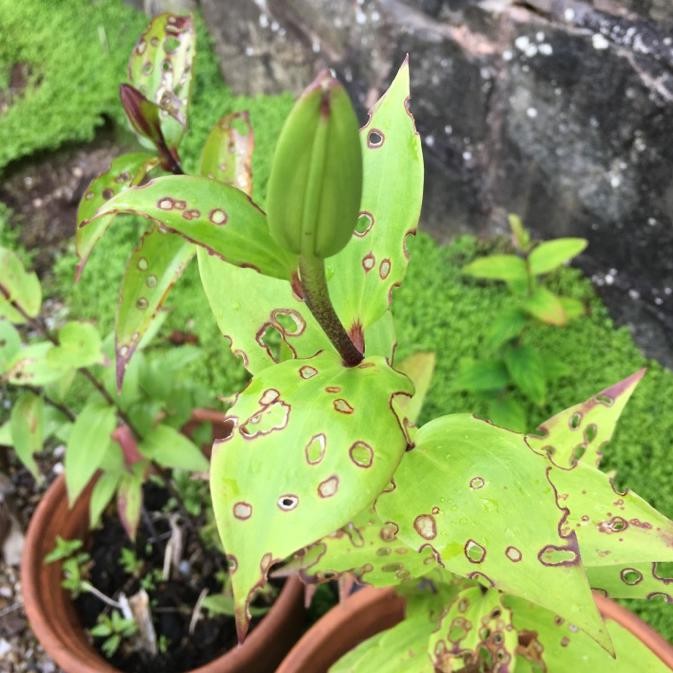
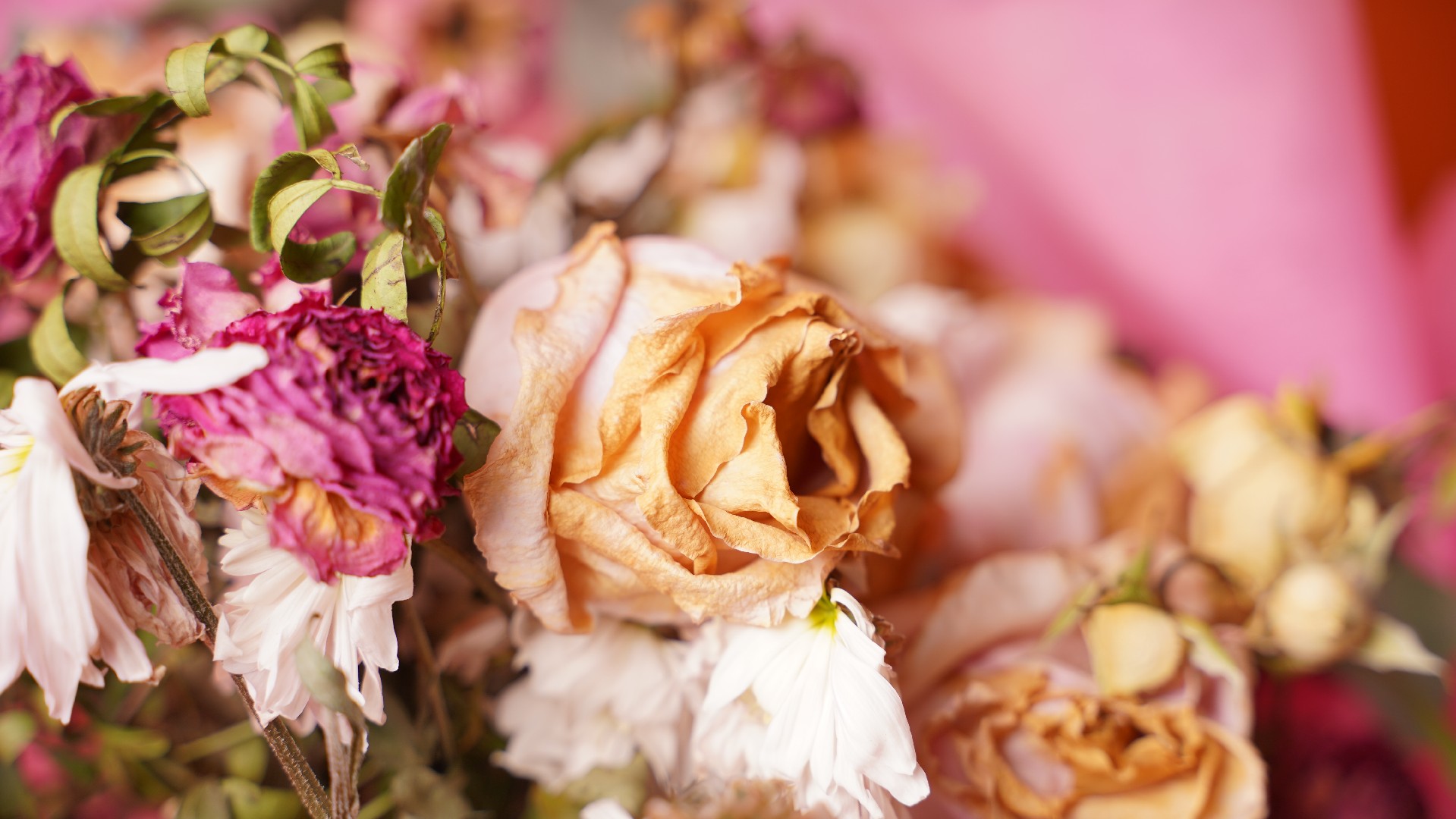
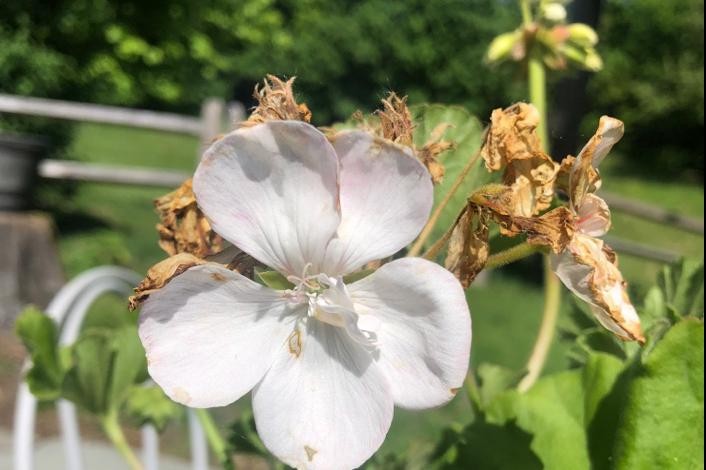
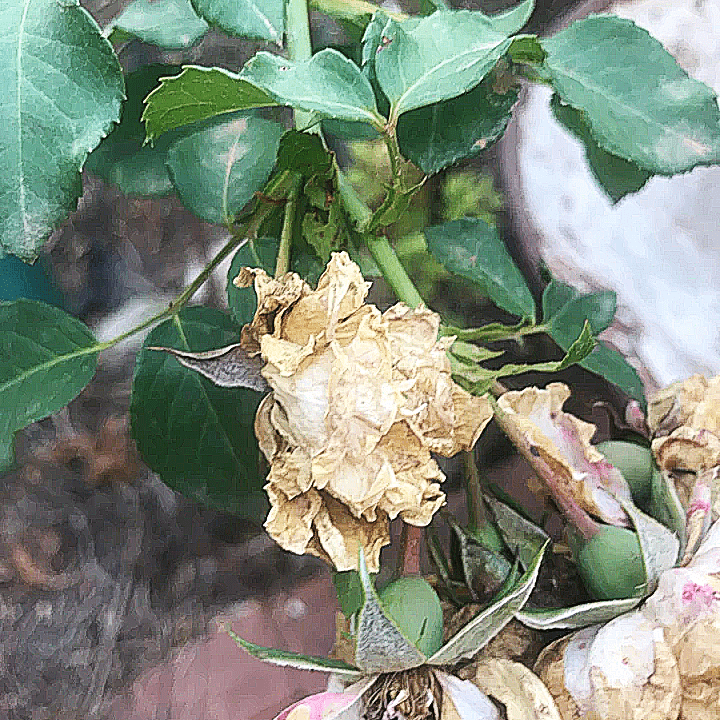

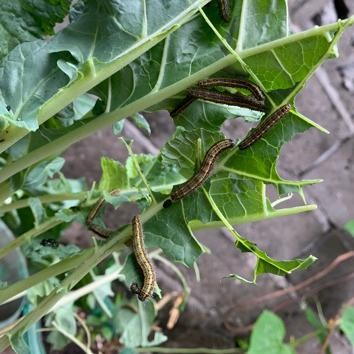
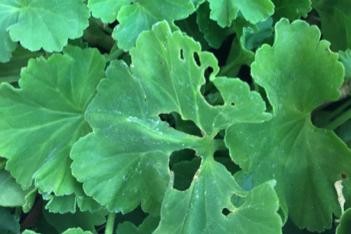
















 Watch how sunlight gracefully moves through your garden, and choose spots that provide the perfect balance of light and shade for your plants, ensuring their happiness.
Watch how sunlight gracefully moves through your garden, and choose spots that provide the perfect balance of light and shade for your plants, ensuring their happiness. 















